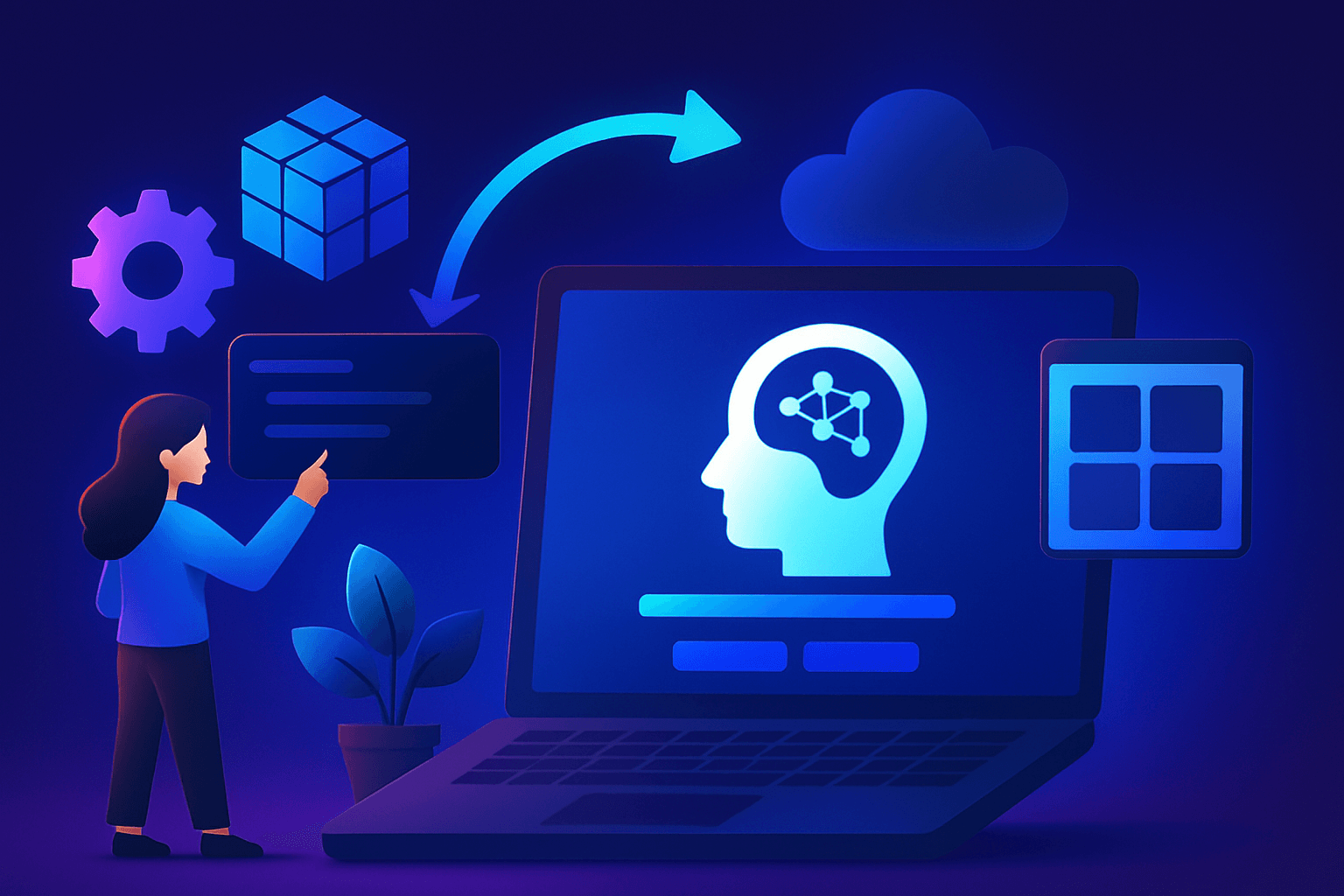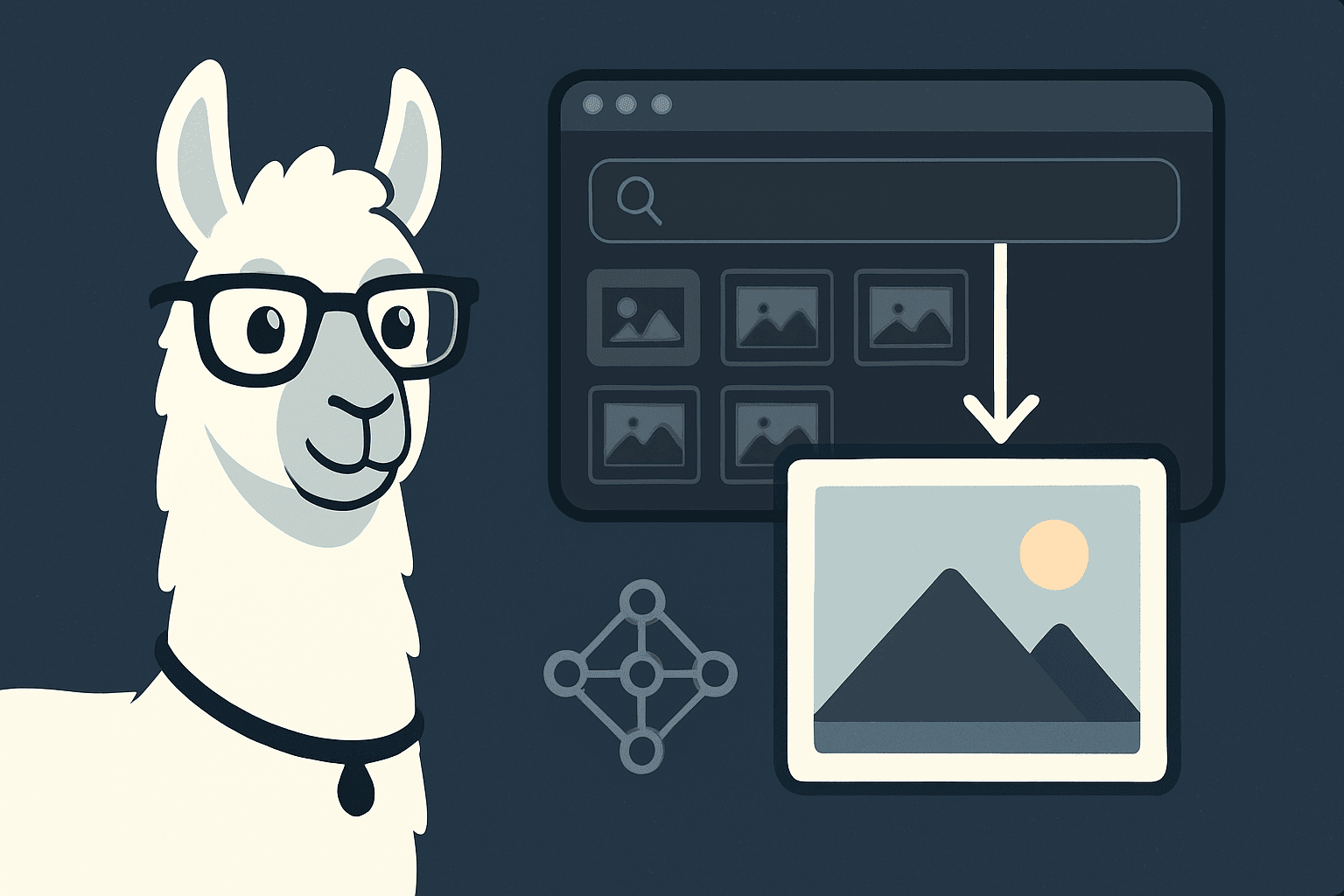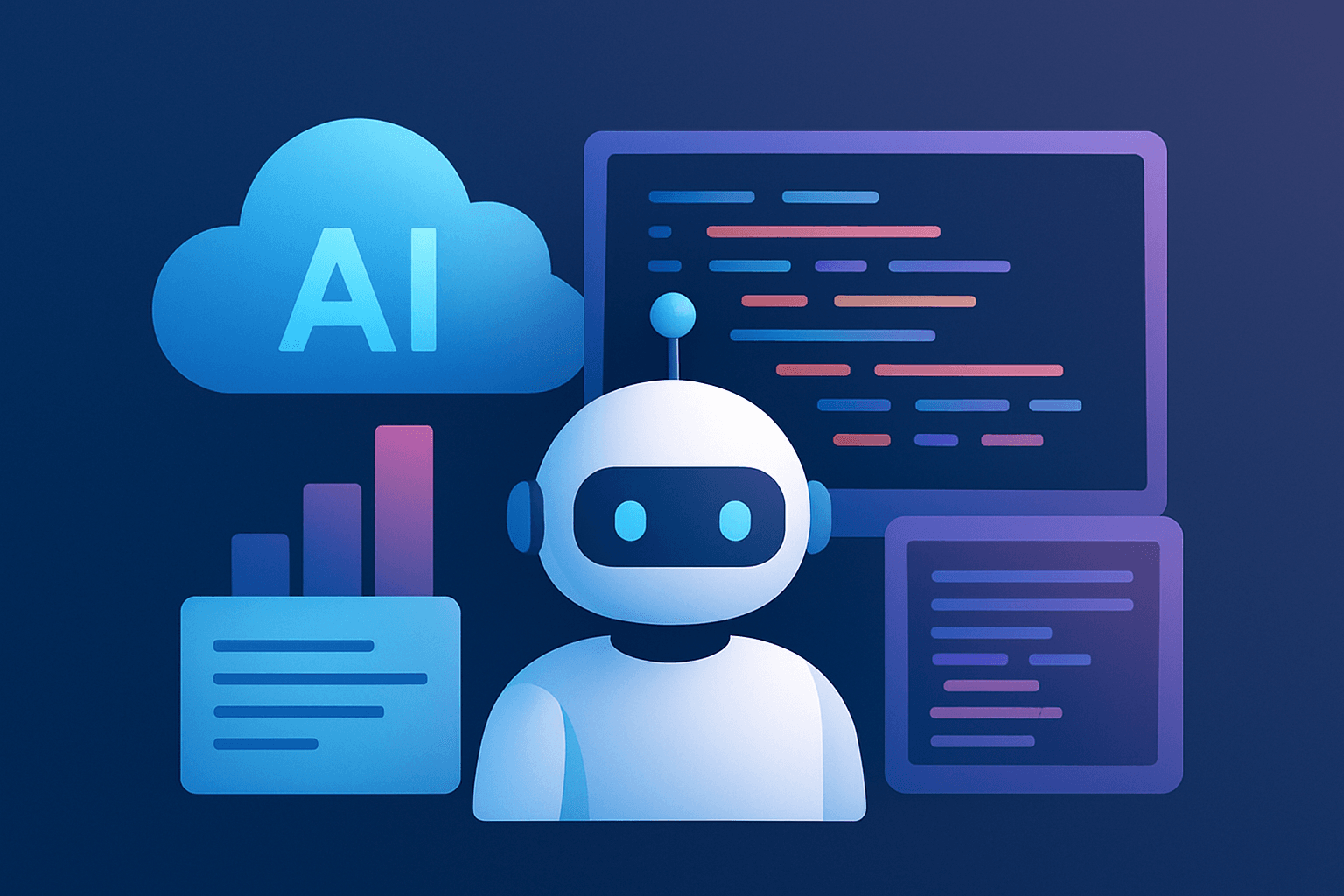Introduction
Do you contribute to open-source software or repositories? Are you wondering if open-source repositories are secure? Are there any best practices that I can follow while contributing to open-source projects? All your questions will get answered right in this blog. Before diving deep into the best practices, let us first understand the open-source project.
An open-source repository is a repository that contains the source code accessed publicly. It is free to use and explore. Anyone can contribute to these open-source projects. You do not need authentication or any other permission to add or modify the data within these repositories.
The following is the list of best practices that you can follow to make your life easier.
Understand the Problem Statement
There are a lot of newbie developers who find it interesting to contribute to an open-source project. But they find it difficult as they require a lot of spoon-feeding while committing the code. This problem also occurs due to a lack of communication and knowledge. To overcome this problem, you should first understand the problem statement written in the push request. If you are fixing a bug or committing code for a new feature, a quick study or research always comes to the rescue. It is also beneficial if you mark the request with a relevant tag. For example, if you have fixed a bug, tag the push request as a bug fix.
Follow the Coding Guidelines
In a world led by technology, there are a lot of platforms that teach coding. They use several mediums or styles to teach programming. Because of which each developer possesses a unique style of writing the code. This inconsistency in code results in programming conflicts making the team inefficient. Therefore, it is a good practice that you define some standards or guidelines that everyone adheres to while working on the project. This approach ensures that each team member follows the same style. You can browse through the open-source projects and find a coding guideline method that aligns well with your requirements and enforce it. This guideline document will be beneficial for new team members as well.
Think and Plan the Testing
Create a test plan for all the codes that are getting pushed into the repository. It ensures that the existing structure or program does not break with this new code and the new code is safe to add. You can look up in the open-source project directory if there are any existing test suites available. This approach saves a lot of time. After you identify a test suite that matches even 60% of your requirement, you can modify the suite to align with your project.
Prepare the Pull Request
While working on an open-source project, you need a medium through which you get notifications when someone pushes their content into the repository. You can use a pull request to ensure that the owner gets notified when you submit your code to the remote repository. A pull request is the last process that pushes your changes in the remote repository. Before submitting your changes, you must check your code thoroughly to ensure that this does not break the existing program.
There is one more practice that you can follow while submitting the pull request. Make sure that you do not commit multiple functionalities in a single commit. This approach increases the overhead of code review. Imagine if you have submitted a code of 60 to 70 lines, how difficult it would be to debug if it breaks the existing program. Therefore, break your functions and submit them individually. To facilitate the review, write a summary of the pull request. Always write a brief discussion of new features added, the proposed solution for the problem statement. You can also write a description of the outcome expected and the steps the reviewer should follow to test the code. This summary gives a clear picture of what you are trying to accomplish by submitting your code.
Communicate
No matter how big or small your contributions are, they can make or break the existing functionality. Therefore, communication is very crucial. Most developers do not follow this practice. They will write the code and push it into the repository. There is always room for disagreement when you work within a group. It could be possible that others do not like the approach that you have taken, or they do not understand your code. The pull request can be inappropriate as well. Therefore, you should always communicate with your group members about the progress you are making or the styles that you are following.
Conclusion
Open source has become a headstone for organizations. Developers often contribute to open-source projects. The best practices listed in this article will certainly make your and other's life easy.
Register for a free trial- https://bit.ly/teste2ecloud









